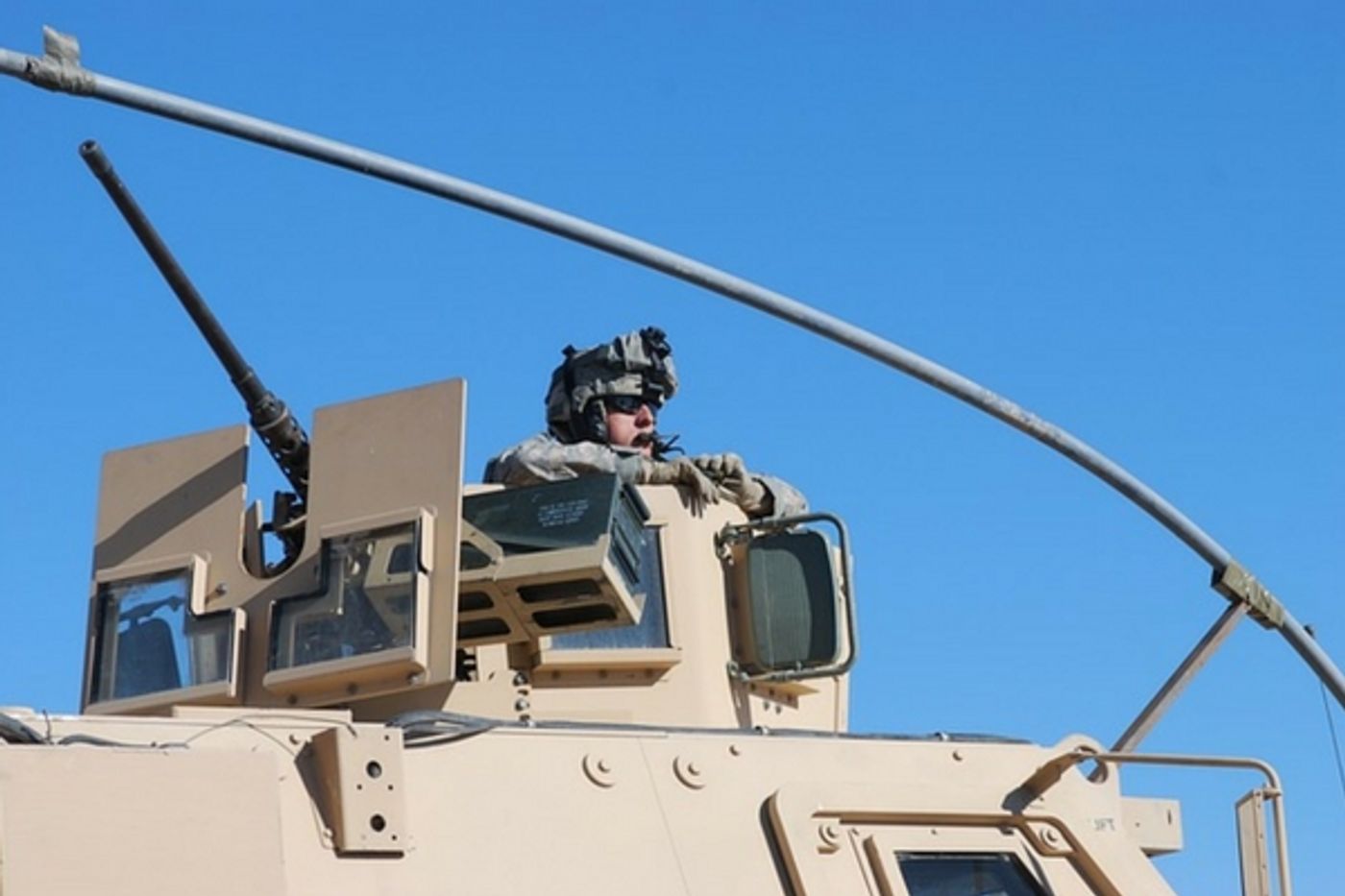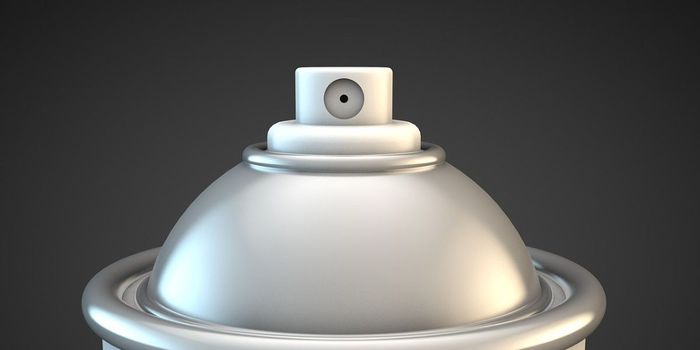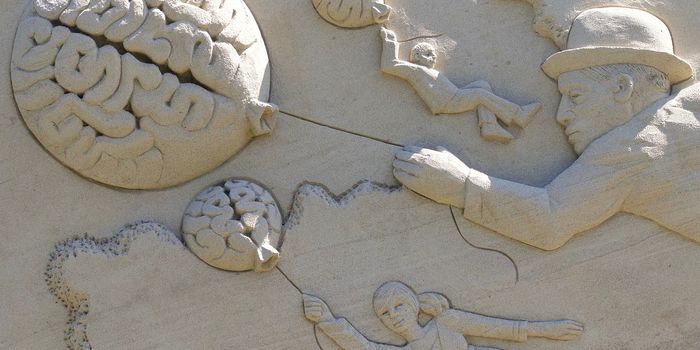Glowing Gel Helps the Army Prevent Brain Injuries
Traumatic Brain Injury, or TBI, is a concern in areas like youth sports and professional football, but nowhere is it more crucial than in the military. Dept. of Defense statistics show that in 2015, over 22, 000 service members were diagnosed with a TBI that occurred during their service. In the first three quarters of 2016, the latest numbers are over 13,000 service members with a diagnosis of TBI. The consequences from these injuries can be long lasting and include depression, anxiety, PTSD and trouble with vision, hearing and motor control. A recent project at the Army Research Laboratory has researchers investigating a fluorescent gel substance that is quite similar to brain tissue. By developing this gel, the Army can test the effects of blast pressure on the brain. Blast pressure shockwaves occur in combat from explosives or in training with certain weapons systems. The goal of the research is to develop protective gear and other technology to protect service members from injury and brain damage.
Dr. Shashi P. Karna, and Army Research Lab nanofunctional materials senior research scientist explained, "We develop materials solutions that enable us to understand the mechanisms of damage at the cellular level. What are the mechanisms by which the blast pressure waves travel to the brain?" Knowing how these waves get to brain tissue and what the results of a blast can be is the key to developing gear to protect soldiers.
The fact that the gel is fluorescent is a big advantage. It allows the scientists to see what exactly happens to the brain when a soldier is in the area of an explosion. The lab is using nanotechnology to see even the tiniest details at the cellular level and this is a first in this type of research Karna credited the colors that glow for getting such good results stating, "We have nanomaterials that are highly robust so that in real time, when the blast occurs, it will be possible to image the effects like an MRI, but with fluorescence. Colors will show the motion of the cells."
The team is trying different approaches at different levels. The nanoclusters are sensitive to pressure, and react depending of the level of blast pressure simulated. They then use ultraviolet light to illuminate the fluorescent colors and it produces a spectrum of wavelengths. Collecting the data from different amounts of pressure and the different wavelengths each produced will hopefully lead to specialized gear that can stop the blast waves from getting to the brain.
The ARL is collaborating with the Japanese Ministry of Defense, which is also doing their own experiments on the same issue. Recently a team of medical researchers from Japan visited the lab at the Aberdeen Proving Grounds in Maryland to compare their progress and get an update on how the US Army is doing with their efforts.
The Japanese teams have focused on the medical part of the equation and the physiological effect blast pressure has. They plan to use laser-induced shockwaves and then share their data with the team in Maryland. Check out the video below to see their progress so far.
Source: US Army, Army-Technolog.com, Defense and Veterans Brain Injury Center









